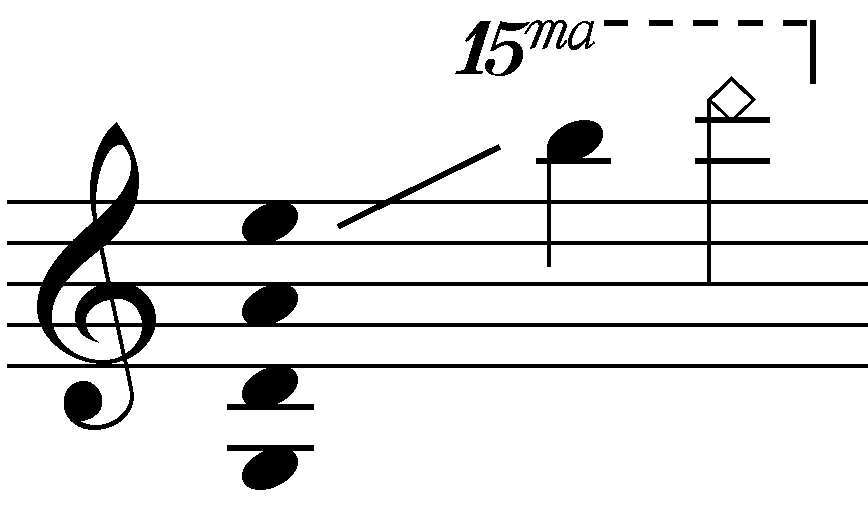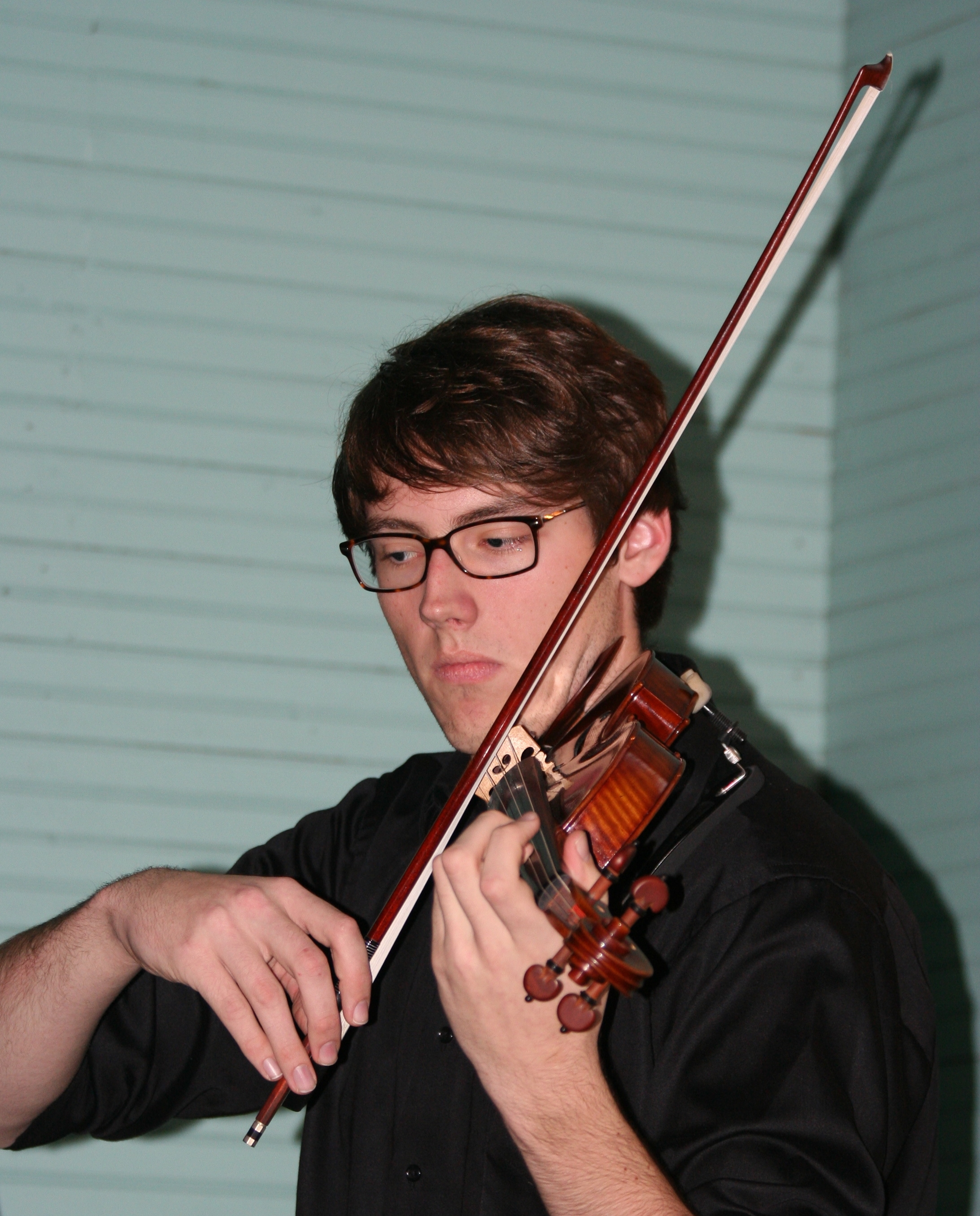|
Shoulder Rest
The shoulder rest is an accessory that can be found on violins and violas. The shoulder rest appeared around the middle part of the 20th century. It may be made of wood, aluminium, carbon fiber or plastic. Usually, the shoulder rest attaches to the edge of the back of the violin with "feet" padded with rubber tubing or made of soft plastic. The goal of a shoulder rest is to allow a more comfortable attitude while playing by adding height to the shoulder and preventing the instrument from slipping. A shoulder rest generally follows the curve of the shoulder; some shoulder rests are bendable, others are made of sponge-like material, and a few have an extension that hooks further over the shoulder for stability. Function A shoulder rest, whatever its design, is an accessory to facilitate holding the instrument in place while playing. This can lighten the task of the left hand, enabling smoother and lighter shifting technique. All rests must make a compromise between violin support ... [...More Info...] [...Related Items...] OR: [Wikipedia] [Google] [Baidu] |
Violin
The violin, sometimes known as a ''fiddle'', is a wooden chordophone (string instrument) in the violin family. Most violins have a hollow wooden body. It is the smallest and thus highest-pitched instrument (soprano) in the family in regular use. The violin typically has four strings (music), strings (some can have five-string violin, five), usually tuned in perfect fifths with notes G3, D4, A4, E5, and is most commonly played by drawing a bow (music), bow across its strings. It can also be played by plucking the strings with the fingers (pizzicato) and, in specialized cases, by striking the strings with the wooden side of the bow (col legno). Violins are important instruments in a wide variety of musical genres. They are most prominent in the Western classical music, Western classical tradition, both in ensembles (from chamber music to orchestras) and as solo instruments. Violins are also important in many varieties of folk music, including country music, bluegrass music, and ... [...More Info...] [...Related Items...] OR: [Wikipedia] [Google] [Baidu] |
Viola
; german: Bratsche , alt=Viola shown from the front and the side , image=Bratsche.jpg , caption= , background=string , hornbostel_sachs=321.322-71 , hornbostel_sachs_desc=Composite chordophone sounded by a bow , range= , related= *Violin family (violin, cello, double bass) *List of violists , articles= , sound sample = The viola ( , also , ) is a string instrument that is bowed, plucked, or played with varying techniques. Slightly larger than a violin, it has a lower and deeper sound. Since the 18th century, it has been the middle or alto voice of the violin family, between the violin (which is tuned a perfect fifth above) and the cello (which is tuned an octave below). The strings from low to high are typically tuned to C3, G3, D4, and A4. In the past, the viola varied in size and style, as did its names. The word viola originates from the Italian language. The Italians often used the term viola da braccio meaning literally: 'of the arm'. "Brazzo" was another Italian word ... [...More Info...] [...Related Items...] OR: [Wikipedia] [Google] [Baidu] |
Carbon Fiber
Carbon fiber-reinforced polymers (American English), carbon-fibre-reinforced polymers (Commonwealth English), carbon-fiber-reinforced plastics, carbon-fiber reinforced-thermoplastic (CFRP, CRP, CFRTP), also known as carbon fiber, carbon composite, or just carbon, are extremely strong and light fiber-reinforced plastics that contain carbon fibers. CFRPs can be expensive to produce, but are commonly used wherever high strength-to-weight ratio and stiffness (rigidity) are required, such as aerospace, superstructures of ships, automotive, civil engineering, sports equipment, and an increasing number of consumer and technical applications. The binding polymer is often a thermoset resin such as epoxy, but other thermoset or thermoplastic polymers, such as polyester, vinyl ester, or nylon, are sometimes used. The properties of the final CFRP product can be affected by the type of additives introduced to the binding matrix (resin). The most common additive is silica, but other ... [...More Info...] [...Related Items...] OR: [Wikipedia] [Google] [Baidu] |
Violin Construction And Mechanics
A violin consists of a body or corpus, a neck, a finger board, a bridge, a soundpost, four strings, and various fittings. The fittings are the tuning pegs, tailpiece and tailgut, endpin, possibly one or more fine tuners on the tailpiece, and in the modern style of playing, usually a chinrest, either attached with the cup directly over the tailpiece or to the left of it. There are many variations of chinrests: center-mount types such as Flesch or Guarneri, clamped to the body on both sides of the tailpiece, and side-mount types clamped to the lower bout to the left of the tailpiece. Body The body of the violin is made of two arched plates fastened to a "garland" of ribs with animal hide glue. The ribs are what is commonly seen as the "sides" of the box. The rib garland includes a top block, four corner blocks (sometimes omitted in inexpensively mass-produced instruments,) a bottom block, and narrow strips called linings, which help solidify the curves of the ribs and prov ... [...More Info...] [...Related Items...] OR: [Wikipedia] [Google] [Baidu] |
Playing The Violin
Playing the violin entails holding the instrument between the jaw and the collar bone (see below for variations of this posture). The strings are sounded either by drawing the bow across them (''arco''), or by plucking them (''pizzicato''). The left hand regulates the sounding length of the strings by stopping them against the fingerboard with the fingers, producing different pitches. Posture It is possible to play the violin holding it in a variety of ways. Most players hold the lower bout of the instrument between the left shoulder and the jaw, often assisted by a semi-permanently attached chinrest and detachable shoulder rest. If held properly under the chin, the violinist can let go of the instrument with their hands and it will stay there firmly. Other common ways to hold the instrument include the seated Carnatic attitude, with the scroll resting on a foot, or the dancing-master's "kit" or "''pochette''" hold, along the forearm, by the lower margin of the rib cage, ev ... [...More Info...] [...Related Items...] OR: [Wikipedia] [Google] [Baidu] |
Vibrato
Vibrato (Italian, from past participle of " vibrare", to vibrate) is a musical effect consisting of a regular, pulsating change of pitch. It is used to add expression to vocal and instrumental music. Vibrato is typically characterised in terms of two factors: the amount of pitch variation ("extent of vibrato") and the speed with which the pitch is varied ("rate of vibrato"). In singing it can occur spontaneously through variations in the larynx. The vibrato of a string instrument and wind instrument is an imitation of that vocal function. Vibrato and tremolo The terms vibrato and tremolo are sometimes incorrectly used interchangeably, although (in the classical world) they are properly defined as separate effects with vibrato defined as a periodic variation in the pitch (frequency) of a musical note, and tremolo as a fast repetition of the same note (usually a semiquaver) in order to produce the audible effect of a longer note, especially on instruments which do not have the ... [...More Info...] [...Related Items...] OR: [Wikipedia] [Google] [Baidu] |
Chinrest
A chinrest is a shaped piece of wood (or plastic) attached to the body of a violin or a viola to aid in the positioning of the player's jaw or chin on the instrument. The chinrest may be made of ebony, rosewood, boxwood, or plastic. History The chinrest was invented by Louis Spohr in the early 19th century, about 1820. Historically, this has been explained as a response to increasingly difficult repertoire which demanded freer left hand techniques than had previously been used; however, Spohr intended his small block attached to the bout to protect the tailpiece, which he reportedly broke with his vigorous playing. However, after being promoted by prominent violinists of the day, such as Pierre Baillot and Giovanni Battista Viotti, it gained quick acceptance among most violists & violinists and is today considered a standard part of the viola and violin. Chinrest attachment The chinrest is attached to the instrument by one or two metal clamps that hook over the edge of the ... [...More Info...] [...Related Items...] OR: [Wikipedia] [Google] [Baidu] |
Violins
The violin, sometimes known as a '' fiddle'', is a wooden chordophone ( string instrument) in the violin family. Most violins have a hollow wooden body. It is the smallest and thus highest-pitched instrument ( soprano) in the family in regular use. The violin typically has four strings (some can have five), usually tuned in perfect fifths with notes G3, D4, A4, E5, and is most commonly played by drawing a bow across its strings. It can also be played by plucking the strings with the fingers (pizzicato) and, in specialized cases, by striking the strings with the wooden side of the bow ( col legno). Violins are important instruments in a wide variety of musical genres. They are most prominent in the Western classical tradition, both in ensembles (from chamber music to orchestras) and as solo instruments. Violins are also important in many varieties of folk music, including country music, bluegrass music, and in jazz. Electric violins with solid bodies and piezoelectric pi ... [...More Info...] [...Related Items...] OR: [Wikipedia] [Google] [Baidu] |






